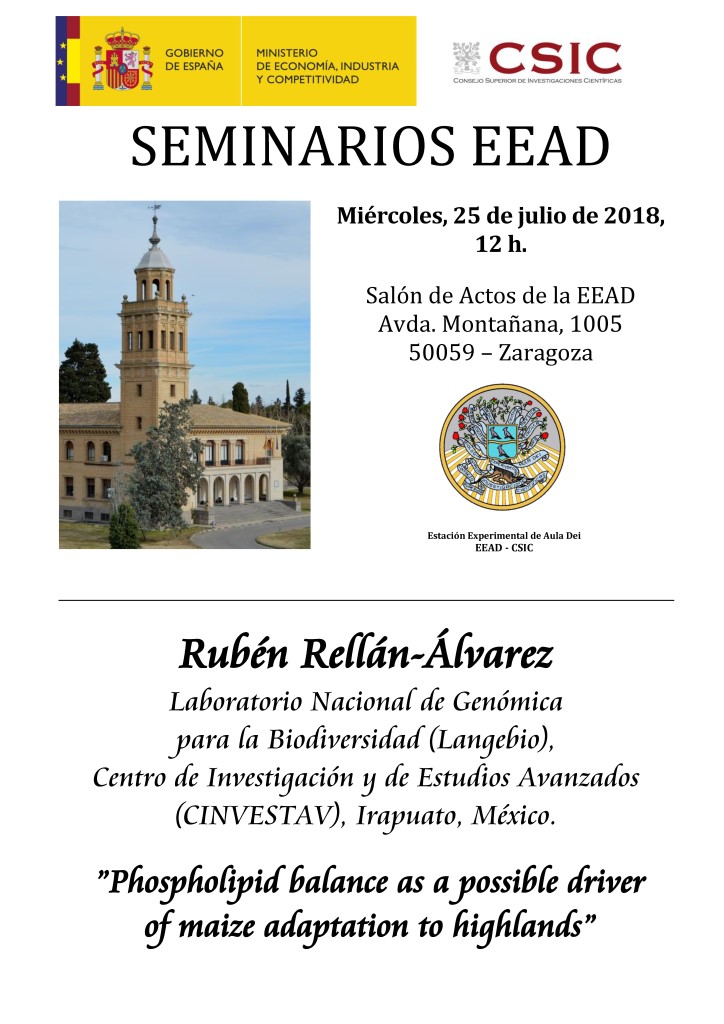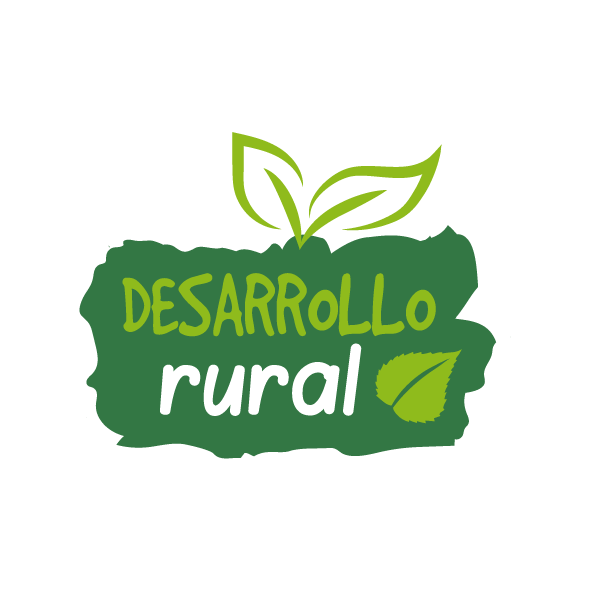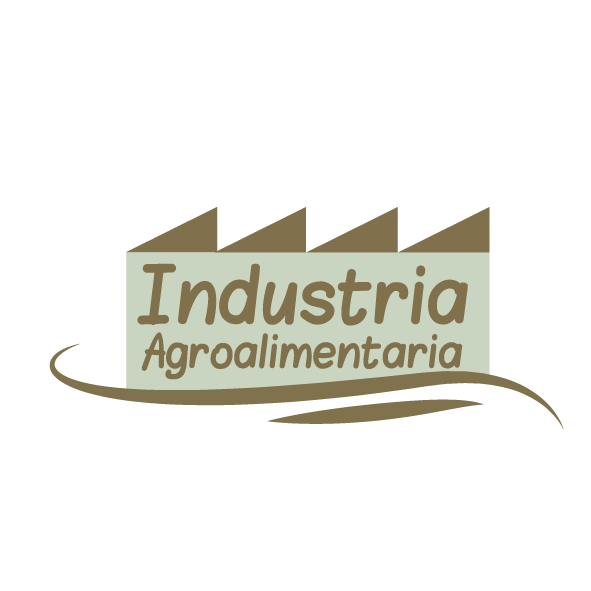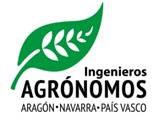
Seminario Dr. Rellán: Phospholipid balance as a possible driver of maize adaptation to highlands

Fecha: 27-Jul-2018
Tags: maiz
Fuente: EEAD
Hora de inicio: 12:00
|
Rubén Rellán. Laboratorio Nacional de Genómica para la Biodiversidad (Cinvestav), Irapuato, México. Día: 25 de julio de 2018, miércoles El próximo miércoles 25 de julio a las 12:00 h. el Dr. Rubén Rellán-Álvarez impartirá el seminario Phospholipid balance as a possible driver of maize adaptation to highlands. |
 |
|
|
Resumen del seminario que impartirá el Dr. Rellán-Álvarez: After domestication from lowland teosinte in the warm, humid Mexican southwest maize colonized the highlands of Mexico and South America. In the highlands, maize was exposed to a whole range of environmental factors that differ from the site of domestication, including, among others, lower temperatures, soils with lower phosphorus availability and different biological pressures. In my talk, I will present data supporting the hypothesis that glycerolipid metabolism remodeling was important in the process of maize adaptation to highlands. I will show results from common garden experiments in Mexican lowland and highland common gardens where we grew maize mapping populations and using quantitative biochemical genetics tools we identified major QTLs that explain the conversion of phosphatidylcholines (PCs) to lyso-phosphatidylcholines (LPCs) leading to a high PC/LPC ratio that is particularly conserved in Mexican highland landraces. Using GBS data from 4000 maize landraces and whole genome sequences from another 30 landraces across the Americas we found that candidate genes underlying this QTL and others coding for PCs to/from LPCs conversions also show clear signs of selection to highlands. I will present ongoing work to identify the causative SNPs on candidate genes that lead to this biochemical phenotype, their natural variation and ultimately the physiological mechanisms that are affected by it and their role in maize highland adaptation. Finally I will present our future plans to use this system to better understand the impact of natural variation and evolutionary history in metabolic pathways in maize that allowed adaptation to different environments and what strategies we will use to leverage our knowledge this processes and their effect on plant fitness in contrasting environments together with modern, reverse genetics including gene-editing techniques to develop crops that are more resource efficient and resilient to future climate change.
|
||














